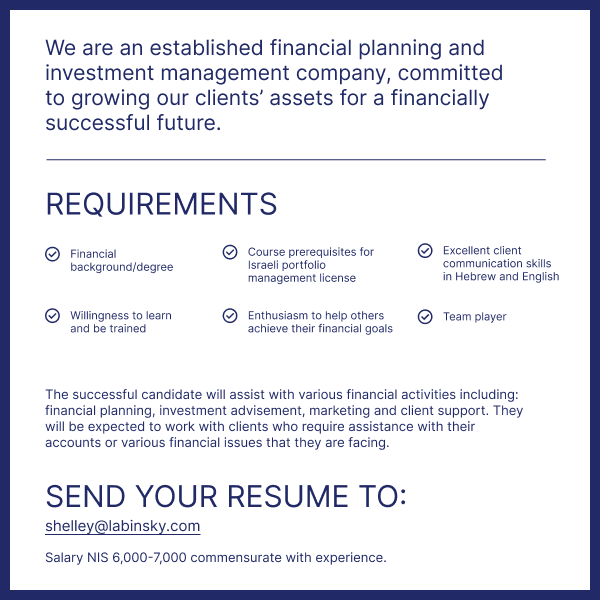OK, take your pick – some people choose to blissfully ignore their money, while others overly rely on a single investment; others pay too much attention to popular media and unfortunately there are no shortage of stories of deception and treachery in the financial world. These are just a few types of catastrophic mistakes that people can make when managing their money.
However, despite my pessimistic introduction many of these mistakes stem from one fundamental failure in a central money management concept: diversification. Diversification is considered by many to be rule #1 in financial management. Simply put, it means not putting all your eggs in one basket. There is no sure way to invest or even store your money or other financial assets. Even cash and bank deposits have their own element of risk. There are many examples of people losing their hard-earned savings in what they considered to be an ultra-conservative savings account.
Diversification allows you to reduce the risk level in your portfolio by spreading your risk among different investments. Various studies have revealed that investors who have diversified portfolios generally see more reliable and constant returns on their investments, than people who do not diversify when investing. If your investments are not highly correlated, when one investment is doing poorly other investments may counter-balance and neutralize the negative performance, thus reducing your risk level. In some circumstances, increased diversification can even increase your returns, but fundamentally it is about minimizing your risk.
There are many different ways that you can diversify your assets. The most traditional way of thinking about diversification is through different asset classes, for example stocks, bonds, commodities and real estate. A well-diversified portfolio will hold assets that might currently be unpopular, because you just never know when you’ll be wrong. By definition unexpected events (ie. ”black swans”) arrive exactly when they are not anticipated. You need to invest in assets that will give you added protection against trends that cannot possibly be anticipated by the average investor. It’s important that your asset breakdown includes multiple sub-asset classes to maximize your diversification. So don’t just buy stocks, but rather large capitalized (ie. “large cap”), mid cap and small cap. Instead of a single bond, buy various types of bonds that will mature at different times. Ensure that your assets have geographical diversification by including international exposure, and you might even want to round out the picture by investing in different industries.
Other types of diversification can be equally, or more important, than asset class diversification. How many people deposited large sums of money with single manager funds (like Madoff) who were supposedly investing their money in diversified assets? I hear this story unfortunately all too often as things go awry. Managers have diverse investing styles that react to the movement of the markets in different ways, which can reduce your overall risk profile. Not relying on a single manager can provide an important element of diversification in your portfolio.
Currencies have increasingly become another major diversifier. Prior to the establishment of the euro, Europeans were accustomed to making active decisions regarding which currency to hold their savings in, moving between various European banks and currencies to hold their savings. If you’ve made aliya from a major western country, you’ve undoubtedly spent most of your life thinking almost exclusively in that currency. Israel, however, is a true international country with large imports and exports to all the major world currencies. We have traditionally bought our appliances in euros, our cereal in pounds, our cars in yen and our military equipment in dollars. While we increasingly need to think about our assets in shekel terms to match our future expenses which will be shekels, diversification into other currencies (including gold) can be a critical part of your financial plan.
And of course cash is also a means of diversifying. The Gemora mentions that one should divide one’s assets into three main asset classes: real estate, business (including stocks) and cash. Cash not only reduces our exposure to certain types of risk, but it also provides us with liquidity to pursue other investment opportunities as they arrive.
The bottom line is that your diversified investment portfolio must be coordinated with your risk assessment plan. Whereas taking too much risk is always a danger, taking too little risk can also leave you with insufficient money for retirement, or those big things you want in life. As some asset classes are bashed in the media and others are put on a pedestal, keeping a well-balanced distribution should help you avoid the next big crash, and keep you on an even footing. Creating that balance is critical, and proper diversification can help you to avoid some of those major mistakes that investors unfortunately make.









